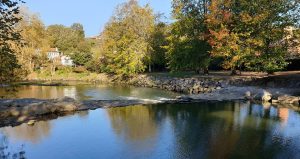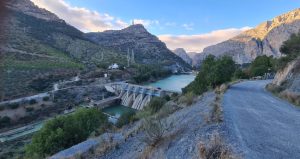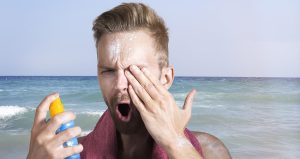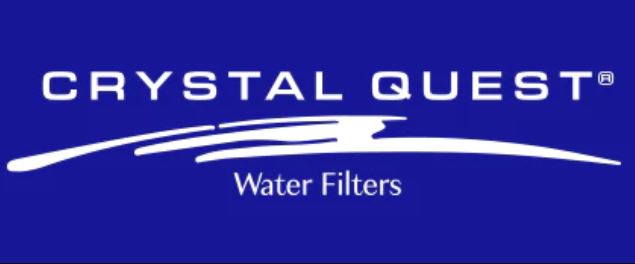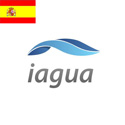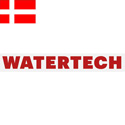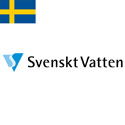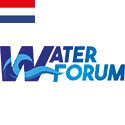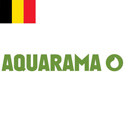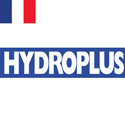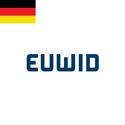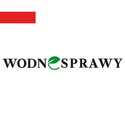EEA-report: State of Europe’s waters not good

-
 Esther Rasenberg
Esther Rasenberg
Share article:
Only 37% of Europe’s surface waters achieved ‘good or high ecological status’ and only 29% achieved ‘good chemical status’ from 2015 to 2021. This means a vast majority of Europe’s water bodies still fails to meet the objectives of the Water Framework Directive. Today the European Environment Agency (EEA) published the new report Europe’s State of Water 2024 that shows the state of Europe’s waters is not good.
During the reporting cycle 2010-2015 the improvement of the water quality of Europe’s waters came to a standstill. In the former EEA- report over 40% of Europe’s lakes, rivers, estuaries and coastal waters complied with a minimum ‘good’ or ‘high’ ecological status and 38% of monitored lakes, rivers and other surface water bodies were in good chemical status.

Missing data
The latest European Environment Agency-report is based on data of 19 Member States. The European Environment Agency is still waiting for data from the other Member States.

Chemical status
In Europe only 29% of the waters achieved good chemical status. According to the European Environment Agency the lack of improvement in chemical status can be partly attributed to long-lived pollutants, such as mercury and brominated flame retardants. ‘If these long-lived pollutants were not considered, 80% of surface waters would achieve good chemical status rather than 29%’, can be read in the report.

Agriculture biggest problem
The EEA identifies agriculture as the most significant pressure impacting both surface and groundwaters. According to Member States’ own monitoring it results from water use and pollution from the intensive use of nutrients and pesticides. Agriculture is by far the highest net water consumer in Europe and, without changes in practices, demand from irrigated agriculture is likely to increase with climate change.
Chemical pollution
Europe’s waters and aquatic ecosystems are still severely impacted by chemicals, predominantly by air pollution from coal-powered energy generation and diffuse pollution by nutrients and pesticides from agriculture. Habitat degradation is also widespread. Adding to the challenge to protect aquatic ecosystems is climate change, which is disrupting weather patterns and further increasing pressures on water resources and management.
Groundwater
Europe’s groundwaters fare better than surface waters, with 77% being in good chemical status and in terms of supply, 91% of groundwaters are reported to be in good quantitative status. But problems remain in terms of pollution by pesticides and nutrients. Groundwater is a key source of our drinking water, and needed by the environment, agriculture and industry.
Better water management
According to the EEA better water management is key to improve water resilience, to alleviate pressures on water and to ensure European citizens, nature and industry have enough good-quality water. ‘Reducing water use and improving efficiency are key to tackling water stress in agriculture, industry and at home. Target setting, focused on saving water or reducing demand, could help drive action and facilitate monitoring of progress towards water resilience. Up-to-date and more timely information on water quantity and quality is also needed to improve water management.’
Reducing water pollution
The EEA states pollution must be prevented in line with the objectives of the EU’s zero pollution action plan. ‘In the short term, there is a need to reduce the use and prevent releases of harmful substances and nutrients to water. Nature restoration or reconnecting rivers and their floodplains and restoring wetlands and peatlands can lead to healthier, biodiverse freshwater ecosystems, which can supply good quality water while also storing carbon and mitigating the impact of extreme weather events.’
Deadline WFD will not be met
“The health of Europe’s waters is not good. Our waters face an unprecedented set of challenges that threatens Europe’s water security. We need to redouble our efforts to restore the health of our valued rivers, lakes, coastal waters, and other water bodies and to make sure this vital resource is resilient and secure for generations to come”, said EEA-director Leena Ylä-Mononen. “The deadline set by the EU’s Water Framework Directive (WFD) to meet good status for surface and groundwaters was 2015, and at the latest by 2027. At the rate of current progress, this will not be met.”
EEA report
The Europe’s State of Water report is the largest assessment on the health of Europe’s water bodies, involving more than 120.000 surface water bodies and 3.8 million km2 groundwater body area across the EU and Norway. The report is based on data reported from 19 EU Member States. It represents 85% of surface water bodies and 87% of groundwater body area in the EU-27. All key results and reported data on the EU Member States and Norway can be found in the WISE Freshwater information system.
River Basin Management Plans
The EEA report complements the upcoming European Commission assessment of the 3rd River Basin Management Plans and of the 2nd Flood Risk Management Plans which will take stock of the state of implementation of the Water Framework Directive and the Floods Directive in the EU.





